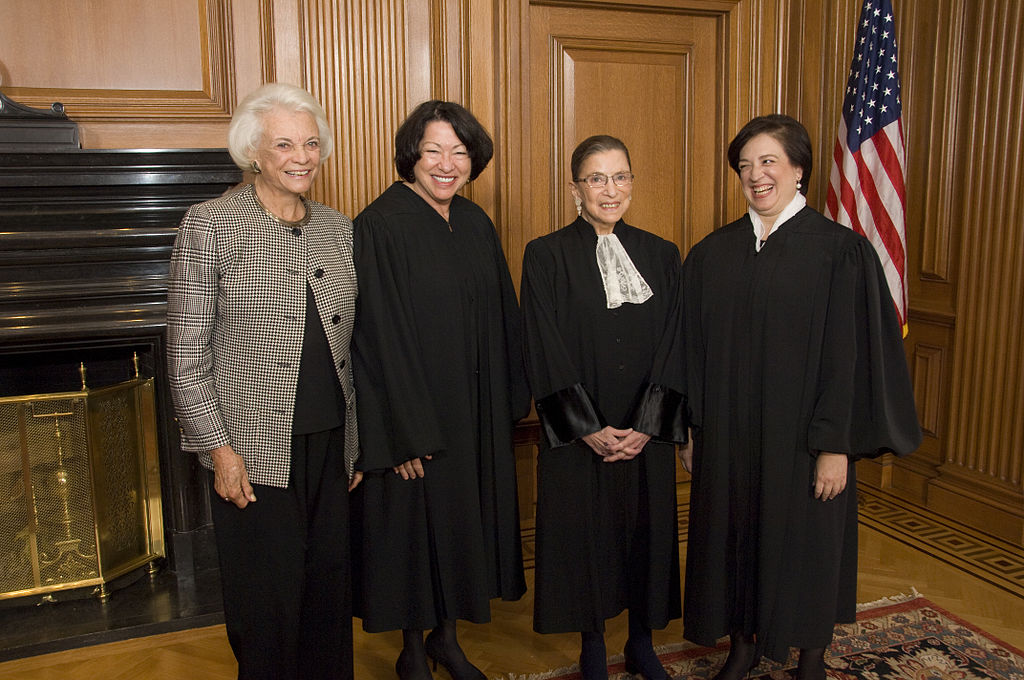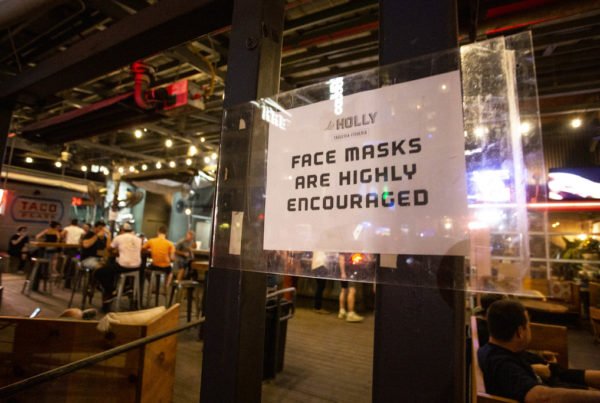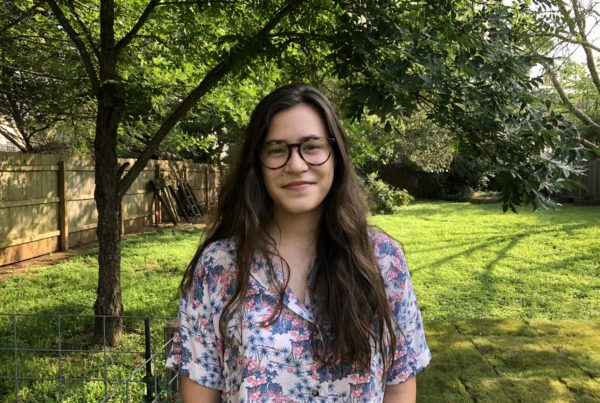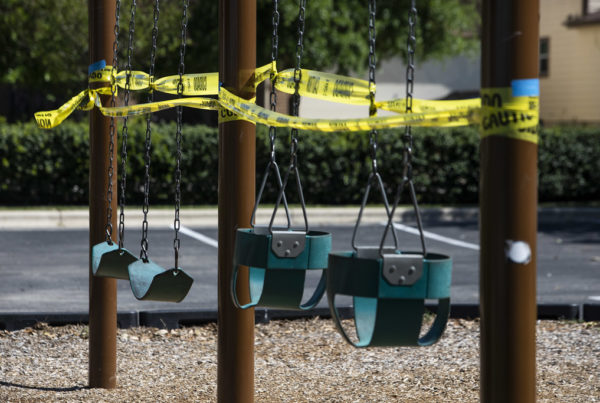In 1981, Sandra Day O’Connor became the first female justice on the U.S. Supreme Court. Her appointment by President Ronald Reagan was a watershed moment for gender equality in the court system. But O’Connor wasn’t the first woman to be considered for a seat on the high court.
In the new book, “Shortlisted: Women in the Shadows of the Supreme Court”, coauthors Renee Knake Jefferson and Hannah Brenner Johnson tell the story of nine women who were considered for positions on the country’s highest court in the decades before O’Connor’s appointment.
Knake Jefferson, a professor at the University of Houston School of Law, told Texas Standard host David Brown on Monday that the book was initially inspired by the public’s and media’s responses to the nominations of Associate Justices Sonia Sotomayor and Elena Kagan. She and Brenner Johnson studied numerous media stories about Supreme Court nominees over the years, and evaluated how prevailing ideas about gender influenced the tone and content of those stories.
“We also uncovered a really interesting history that included one article written in The New York Times in 1971 about President Nixon’s shortlist,” Knake Jefferson said. “There were two women on a list of six.”
Despite that, she said Nixon seemed to hold a low opinion of women’s potential as judges.
“Even though he was the first president to put two women out publicly on his shortlist, behind the closed doors of the Oval Office, I listened to the tapes: he said things like, ‘I don’t even think women should be allowed to vote.'”
Nixon was motivated to consider women for the court because he was trying to win over more female voters. Other presidents have used court shortlists is similar ways, to give the appearance of a diverse pool of candidates even if many of those candidates have little chance of becoming the nominee.
In the 1930s, Florence Allen was the first woman considered for appointment to the Supreme Court. Allen was also the first woman elected to a state supreme court. She won election in Ohio by working for women’s suffrage.
“Once women had the ability to vote, they turned around and elected her to that court,” Knake Jefferson said.
Allen was appointed to a federal appeals court in 1934 by President Franklin D. Roosevelt.
Knake Jefferson said some of Allen’s strategies for dealing with male colleagues who objected to her serving on the court still have resonance today.
She also said it’s important for women to hold seats on the bench in order to preserve institutional legitimacy, and “for the Supreme Court to reflect the diversity of the public it serves.” It also means aspiring professional women have role models.
“What would our professional world look like, in general, had Florence Allen been in that prominent role on the U.S. Supreme Court, back in the 1930s? I don’t think I’m wrong on this – we would have seen more women in professional life earlier than we have,” Knake Jefferson said.
Web story by Shelly Brisbin.
If you found the reporting above valuable, please consider making a donation to support it here. Your gift helps pay for everything you find on texasstandard.org and KUT.org. Thanks for donating today.













